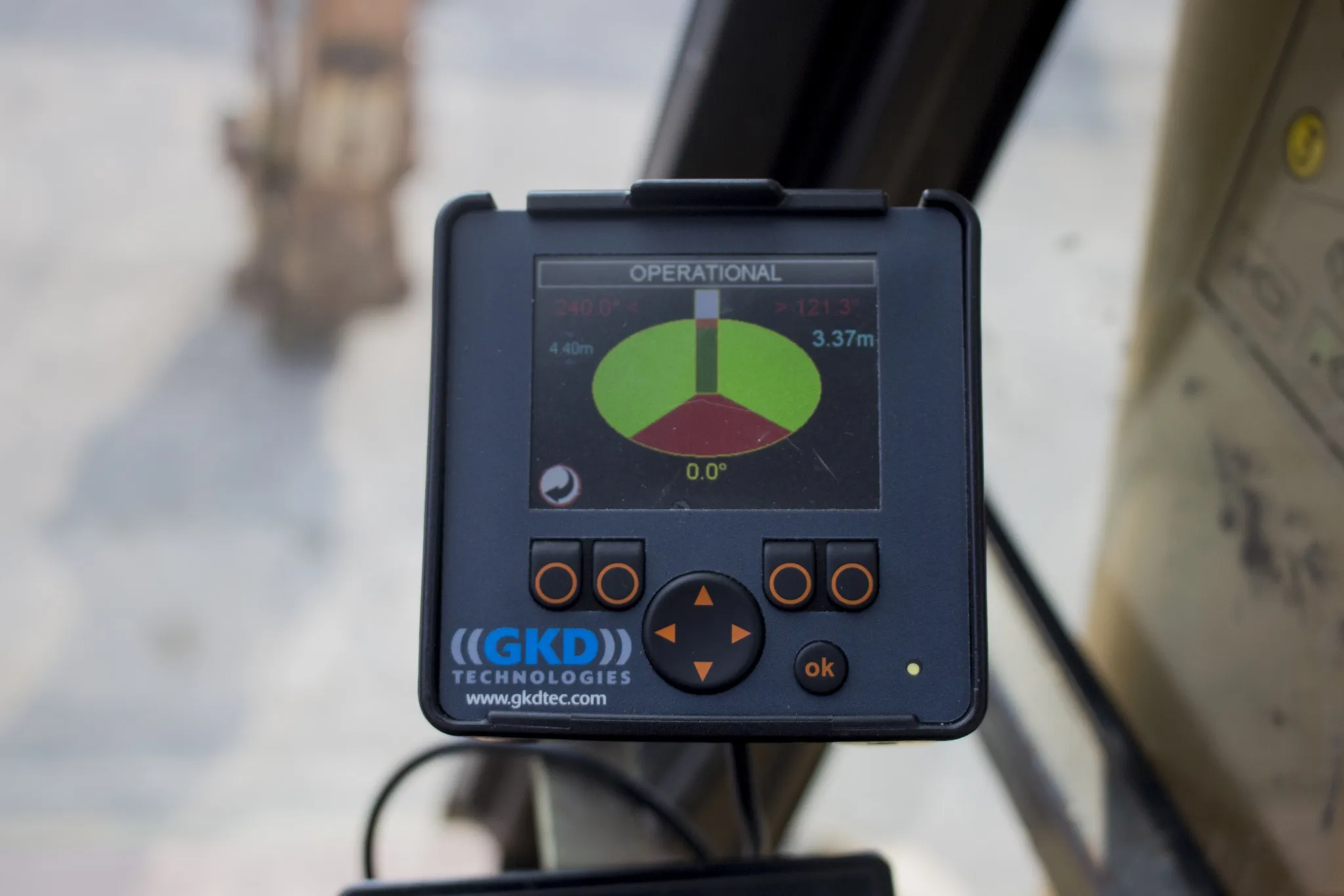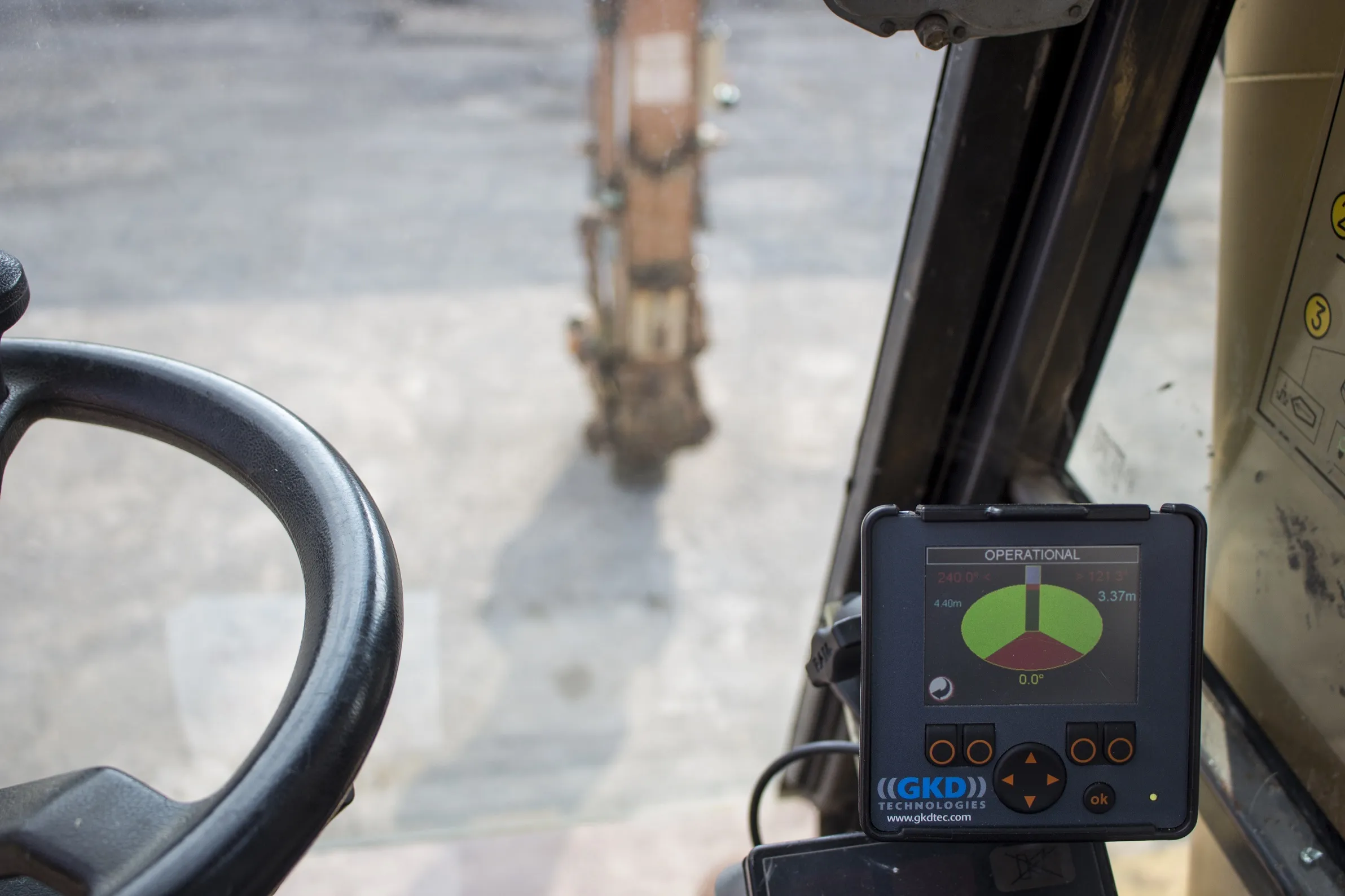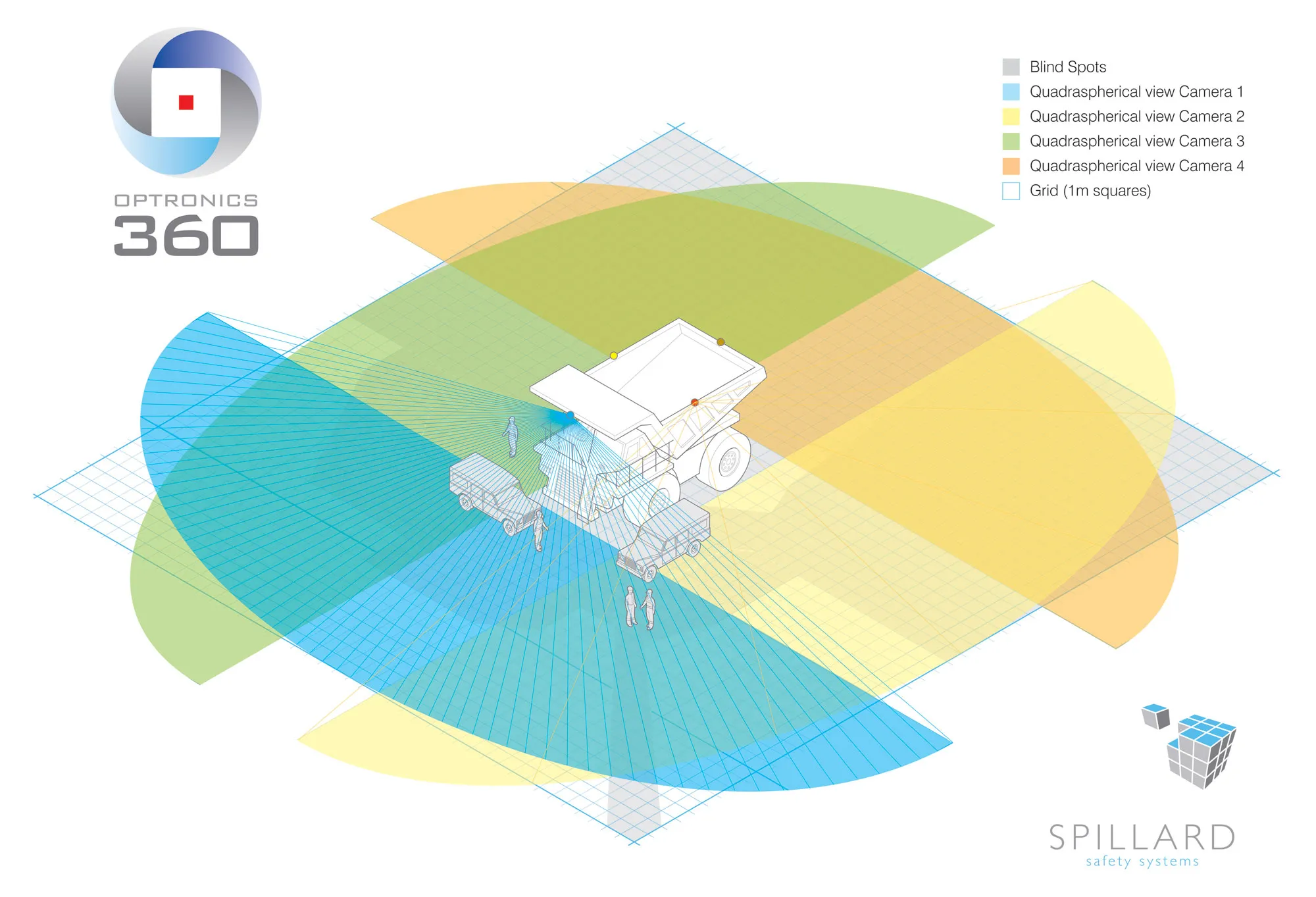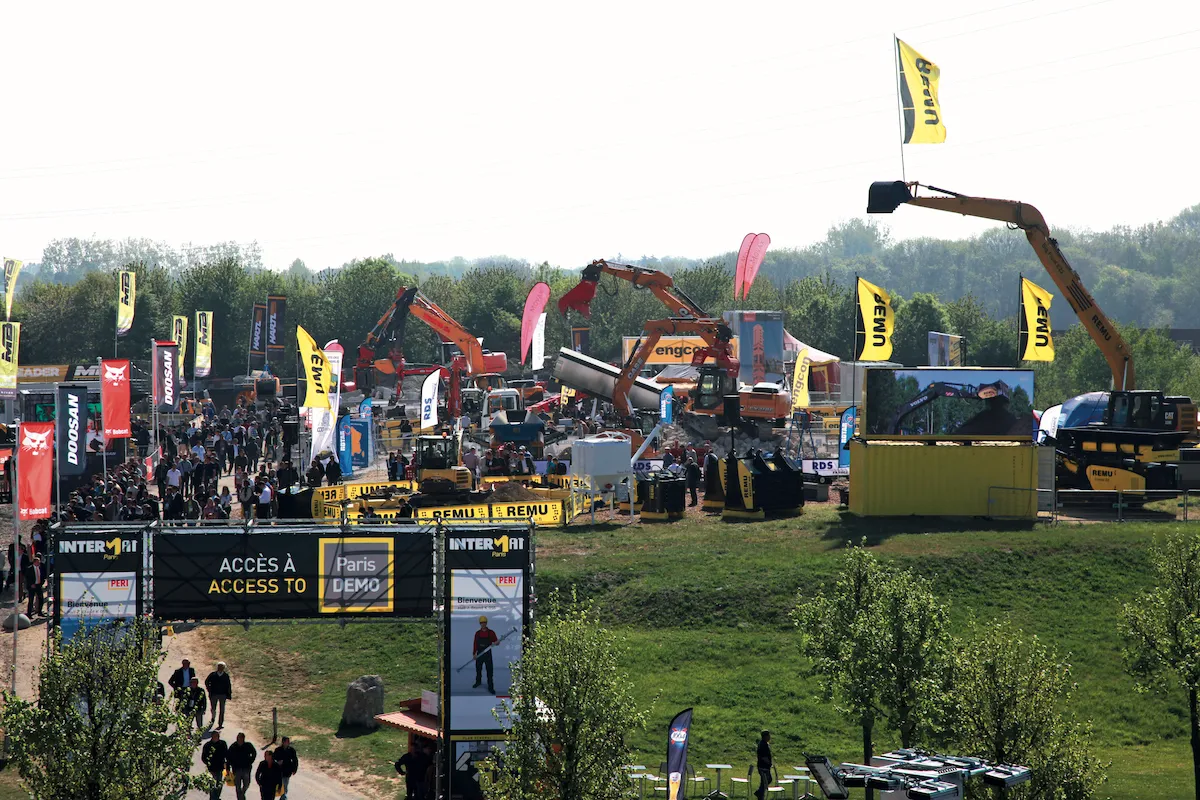
The package offers the ability to monitor and control height, or slew, or a combination of both Height and Slew. Programming of height and slew limits is carried out using the new integrated display with soft button controls and in real-time on the in-cab display monitor. The monitor notifies the machine operator when approaching and breaching a set limit and an external audio alarm is activated when reaching the limit. An optional intelligent motion-cut prevents infringements and allows only safe movement.
The system is said to be easy to set up and operate, helping the operator create a failsafe exclusion zone and allowing them to maximise the capability of their equipment, so they can continue to work safely.








